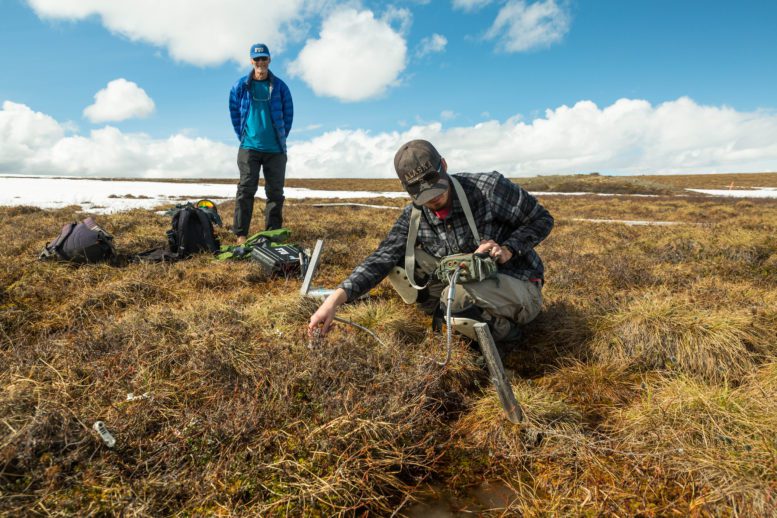
Warming temperatures in cold places are causing plants to flower earlier, according to a new study.
Shorter flowering seasons can disrupt the food chain and how plants and pollinators in tundras interact with each other, said FIU biologist Steven Oberbauer, who co-authored the study.
Plants and animals in cold regions take cues from weather and day length to start their annual life cycles. Successful pollination relies on animals, including bees, beetles, birds and mosquitoes, being active at the same time plants are flowering. Shorter flowering time in tundras could cause a mismatch if the animals are not following the same cues as plants. Specifically, it could limit food availability, increase competition and impact their ability to survive in a changing environment.
The research team also found earlier flowering time in tundras is more pronounced in plants that flower later in the growing season than plants that flower earlier in the growing season. This is the opposite of what happens in temperate environments, including grasslands, mountains, meadows and deserts — rising temperatures there cause shorter flowering time in plants that flower in early spring.

FIU biologist Steven Oberbauer (standing) conducts research in Toolik Field Station in Fairbanks, Alaska.
“Our results suggest responses to warming can vary greatly among environments,” said Oberbauer, chairperson of FIU’s Department of Biological Sciences. “Understanding what drives changes in flowering time can help scientists predict how plants and ecosystems will respond to climate change in the future.”
Tundra environments are found in the Arctic, the Antarctic and high elevation mountains. In these regions, temperatures are too low and and growing seasons are too short to support tree growth. Tundras are home mostly to dwarf shrubs, grasses, mosses and lichens.
The research team included nearly 40 scientists from more than 30 universities. In addition to Oberbauer, FIU biologist Tiffany Troxler also contributed to the study. Troxler is the director of science in FIU’s Sea Level Solutions Center. The team examined more than 10 years of data on the flowering times of more than 250 species from the tundra environments of North America, Europe and Australia.
The study was led by the United States Forest Service. It was published in Nature Ecology & Evolution.





